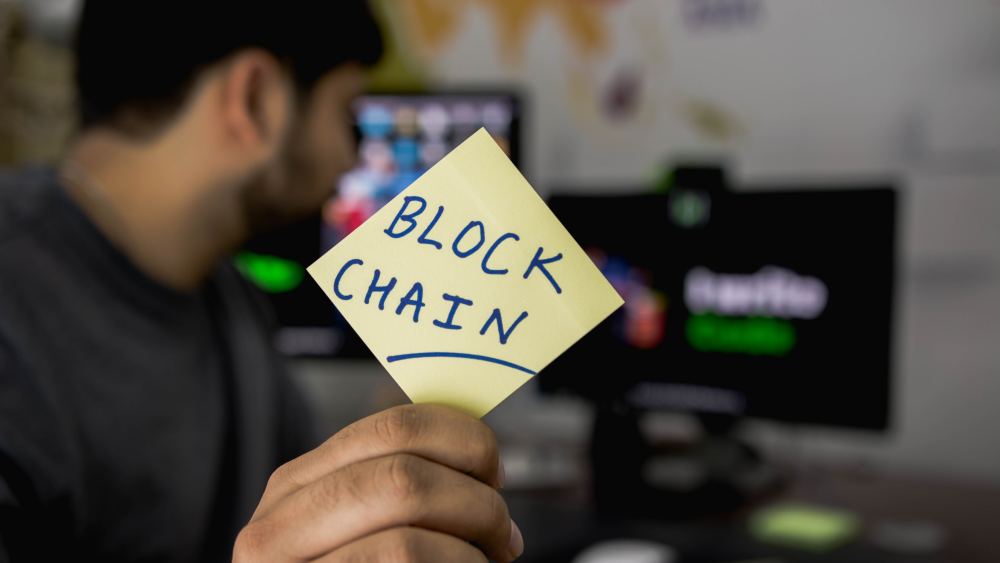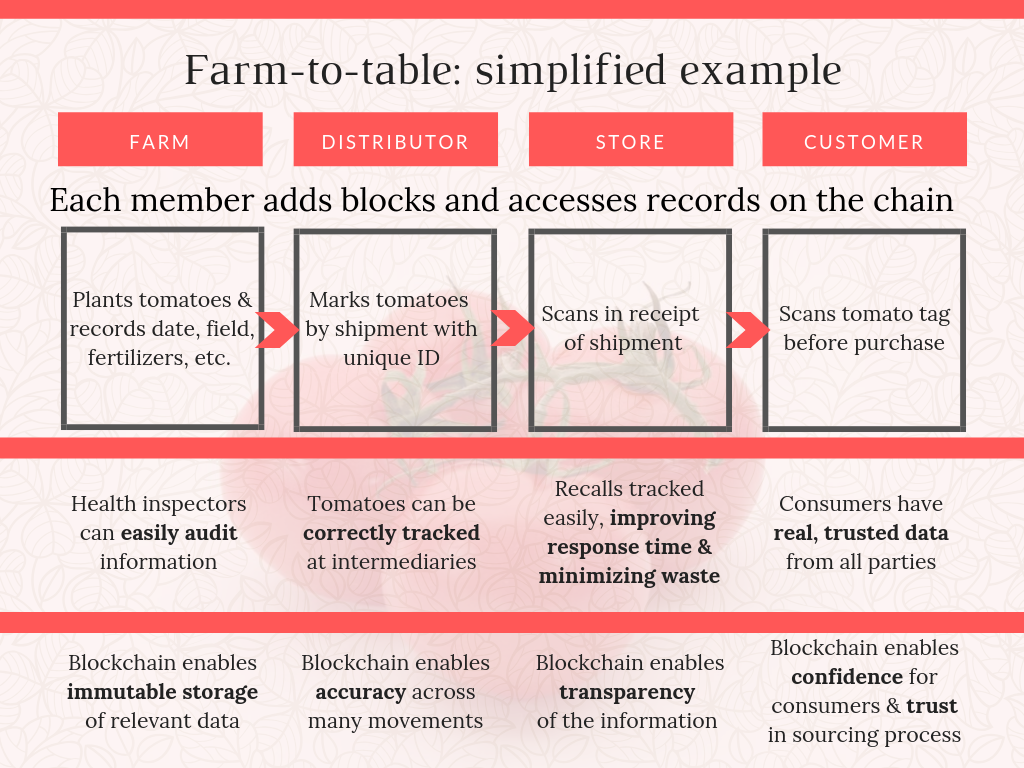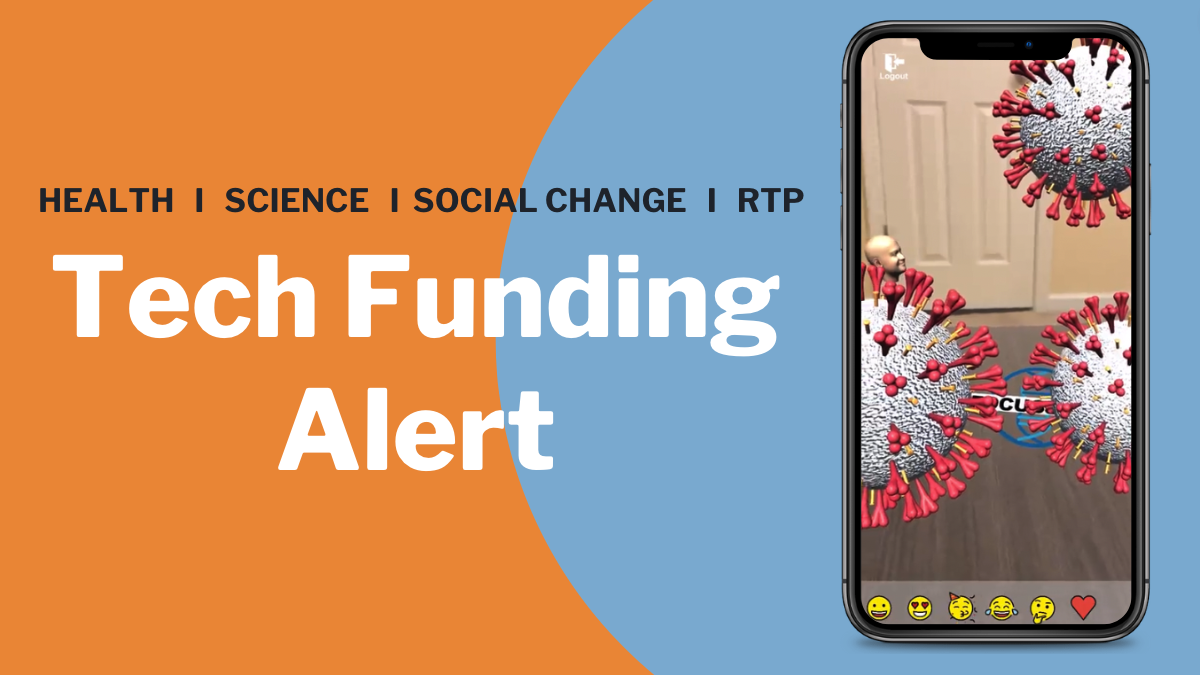Blockchain has been popping up all over for the past few years, but sometimes the practical use cases can get lost in the hype. For the past few months, I have been working with CrossComm to build blockchain demos, and I’d love to share a bit of what I have learned.
Blockchain: Beyond the Buzzword
What Exactly Is a Blockchain?
A blockchain is simply a ledger - a place to keep records over time. It’s a special type of ledger that is distributed across many entities, and those entities can’t change the information without following particular rules governed by the whole network.
New information can’t be added without gaining consensus from enough of the network that the information is valid. In other words - no single organization has control of the rules and data, but every organization can be sure that the agreed-upon rules are being followed, so the network itself creates trust among distinct organizations.
But wait - why it is called a “blockchain”? Well, all of that information that’s being recorded is batched up into blocks of a particular size or duration, and those blocks are then chained together such that previous blocks can’t be altered.
When to Use Blockchain
A common misconception of blockchain is that it’s only useful in the cryptocurrency space. On the contrary, it has a wide variety of possible applications for enterprises. Supply chains? Fraud prevention? Large trade networks? Asset registration? All of these can be great use cases - and there are plenty more.
Let’s dive into a practical example of a blockchain “dapp” (decentralized app): a supply chain for tomatoes.
In this particular example, only a few parties are shown, but imagine if there were many farms, many distributors, and many different stores, along with government inspectors, trade organizations, fertilizer suppliers, and more.
This network quickly becomes very complex, and it’s difficult to guarantee accurate information tracking across the various parties. With blockchain, transparency and trust are built-in across the entire consortium once the governance rules are established up front.
When Not to Use Blockchain
Finding a need in the vein of this farm-to-table example or one of the others mentioned above may indicate potential for a blockchain solution. However, this technology certainly can’t solve every problem. At its heart, blockchain is simply a replicated database with built-in features to ensure that no single party has control over the information.
As with other technologies in their nascency, blockchain has inspired a lot of hype. For some, it quickly became the answer to every problem. Though the principles of trust, transparency, & immutable data span many industries, the factors that make a project within those industries right for blockchain are actually fairly narrow.
It’s important to understand that a blockchain project comes with huge storage requirements, limitations on transaction volume, and complexity for development teams. Though these considerations can be outweighed by the cost savings and efficiency gains, there’s no need to buy into the hype when a system already contains inherent trust or when only a small number of parties are involved.
Consider the following when assessing your project needs:
Is a complex consortium involved?
Do the parties have limited/no trust in each other?
Are there external parties that simply need to audit information?
Is official registration of assets necessary?
Do I need to track the history of the information’s changes?
If your project checks at least a couple of these boxes, it’s worth moving beyond the buzzword to conduct an honest value assessment and ensure that it fits your needs and can result in the advantages detailed above. When a blockchain solution is the right choice, the technology can be very powerful.




